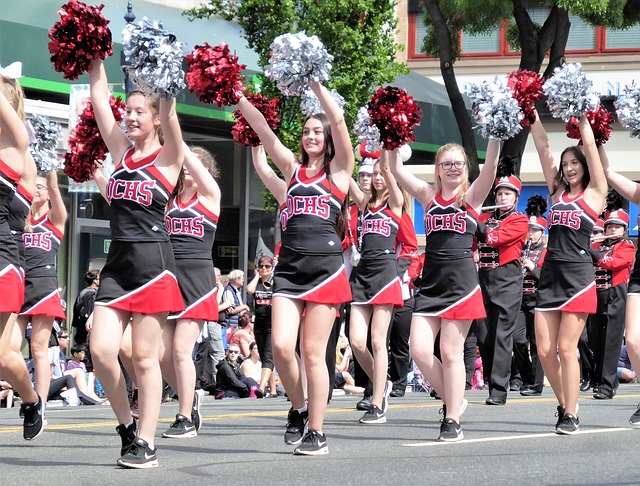
For Christianity, the procession is a fundamental part of its external worship
Originating from the Latin word processio , the idea of procession is used to refer to the orderly march that numerous individuals undertake to go from one place to another . Generally this action is carried out in a solemn manner and for religious purposes.
Signs of faith
Processions are usually displays of faith . It is a parade that can go from one place to another, or return to its point of origin. It is common for those who lead the group to carry images or banners .
The origins of the processions are remote, as there are records of these events in Ancient Greece . Today, Christianity , Islam and Hinduism , among other religions , hold processions.
In Christianity, for example, one of the most important processions is the Way of the Cross . In this procession the ordeal of Jesus is recreated from his death sentence to his burial.
History
As we mentioned above, the history of processions is very ancient and takes us to ancient Athens, where five of great importance took place throughout the year: three to celebrate the mysteries of Eleusis , that of Iaco and that of the Games. Panathenaic . The Eleusinian mysteries were rites to initiate the faithful into the cult of the goddesses Persephone and Demeter; Iaco is the name of one of the children of Zeus and Demeter; The Panathenaic Games, finally, were a series of festivals of a religious, artistic and sporting nature that were dedicated to Athena.
In Rome there were also important processions, such as the purification of the Ambarvalias , a rite related to agriculture that consisted of forcing a pig, a lamb and an ox to circle the field three times and then sacrifice them as a symbol of their faith in the goddess Ceres or the god Mars. In addition to this, the ancient Romans made other processions with different characters, such as consular or triumphal.
Christians give the procession great importance, to the point that there is no other aspect of their external worship that is above it. Although in the times in which they were persecuted they could not do them freely, it is estimated that they would celebrate them inside the temples. Its antiquity dates back to the Middle Ages. The mendicant orders , belonging to Catholicism and characterized by depending on alms to survive, emerged in the 14th century and are closely linked to religious representation outside places of worship, with sacred images visible to all the people.
It is believed, in any case, that the rise of the Christian procession has its roots in the Council of Trent , because the Church saw in this resource a great potential to evangelize, since the power of the visual image is much greater than that of the word, especially for the illiterate portion of the population that he intended to add to his religion.

In a popular parade, the act of moving through the streets is also called a procession
Outside of religion
It is important to mention that not all processions are framed in religion. In the city of Tacna ( Peru ), to mention one case, the Flag Procession takes place every August 28 to commemorate the reincorporation of Tacna into Peru after the Chilean occupation.
Another meaning
The term procession also appears in colloquial language with reference to rows or columns of moving humans or animals : “Due to strict security controls, the procession to the stadium moves slowly,” “A procession of ducks “It crossed the road and interrupted traffic for several minutes,” “At the end of the film, the spectators came out in procession while sharing their reflections on the story.”
